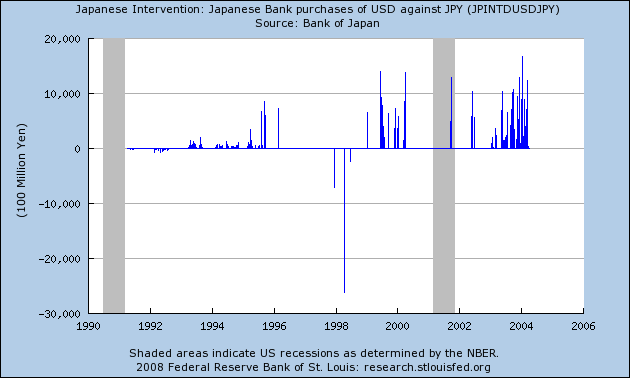NEWS ANALYSIS Emerging markets’ currency intervention looks less likely
Post on: 20 Август, 2015 No Comment

NEWS ANALYSIS: Emerging markets’ currency intervention looks less likely
Maarten Mittner
NEWS ANALYSIS: Emerging markets’ currency intervention looks less likely
SPECULATION over intended greater market interference by the Brics countries (Brazil, Russia, India, China and South Africa) to stem the tide of currency depreciation has died down amid indications the worst could be over.
At the end of last week emerging-market assets saw $5.8bn of outflows (about R60bn), with $2.1bn (0.7% of assets under management) from bond funds and $3.7bn (0.4% of assets under management) from equity funds, according to a Barclays research report.
While outflows have accelerated again, this may be the high-water mark for pessimism towards emerging markets, Barclays says.
This view contradicts the contrarian opinion that emerging-market currencies will depreciate further when the US Federal Reserve starts curbing its stimulus measures, expected to be later in September. However, markets often overreact on possible future developments and fully price in possible adverse happenings ahead of time.
The rand has already depreciated 19% so far this year, to reach a weakest level of R10.51/$ in August. However, fair value is reckoned to be around R9.50/$.
The past few months have been characterised by excessive volatility in emerging-market currencies. It started with Fed chairman Ben Bernanke’s announcement on tapering at the end of May, and emerging-market bond funds have since experienced 14 weeks of consecutive outflows. According to Barclays such a long trend of outflows has not been seen since 2008 at the height of the global financial crisis.
The Fed’s next federal open market committee (FOMC) meeting is set to start in a few weeks’ time, with the likely announcement of tapering.
According to Barclays, the trend for outflows, particularly from bonds, suggests that the period of maximum investor aversion might well be now. The implication is that investors may pull back from being overly negative towards emerging markets.
Barclays’ view, however, is in sharp contrast to the views of some other analysts who expect the real sell-off of emerging-market currencies to start in earnest after the Fed meeting.
SLJ Macro Partners analyst Stephen Jen predicts that $4-trillion, roughly the total amount invested in emerging markets since quantitative easing started in 2008, will leave emerging markets when tapering starts. Emerging-market currencies are expected to depreciate by another 20% at least, he predicts.
That would send the rand to about R11.50/$ or even R12/$, with the South African Reserve Bank then expected to start raising interest rates.
On Monday the rand traded in a more positive way at around R10.19/$, showing a more assertive recovery from its recent lows.
It is expected that greater co-operation between Brics countries in currency markets will materialise when they meet in St Petersburg at the group of 20 (G-20) summit this week.
This follows comments by Finance Minister Pravin Gordhan in which he appeared to canvas for greater global co-operation within the G-20, Brics countries and the International Monetary Fund (IMF) to protect emerging markets more from the expected fallout when the Fed says tapering will begin.
The problem is that apart from the Reserve Bank’s liquidity management strategy, announced last week, Mr Gordhan has not put any concrete steps on the table.
However, in a follow-up interview with the Wall Street Journal at the weekend he said the currency remained an important shock absorber. We’ll have to manage or watch the situation on a day-by-day basis and see what lessons we can learn from others and what defensive measures we can develop on our own side.
RMB currency analyst John Cairns says this is the first verbal intervention he has heard from the authorities. In itself that is news but it does not bring us close to actually seeing intervention from the Reserve Bank.
Attempts by Brics countries to improve currency co-operation have not been successful up to now. Although India has proposed co-ordinated intervention to support emerging-market currencies, it was rejected by the Brazilian central bank. Turkey has been following its own strategy, by rejecting possible IMF intervention, while Russia is lukewarm about any currency support actions. It has learnt some lessons from 1999, when it lost 35% of its reserves in a futile prop-up attempt.
This leaves South Africa, which has a record of nonintervention in currency markets but did try related actions in 1998 to support the rand under then Reserve Bank governor Chris Stals. It cost around $20bn, with the rand weakening over time in any case.
Nomura researcher Peter Attard Montalto says in a research report issued on Monday that he does not believe the Treasury has any policies on the table for dealing with rand weakness at this stage. It is totally counter to the Reserve Bank’s ethos and orthodoxy.














